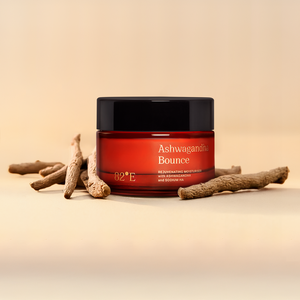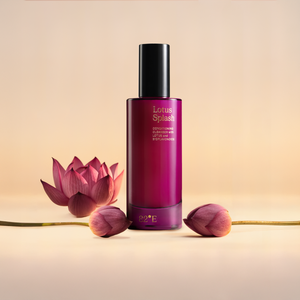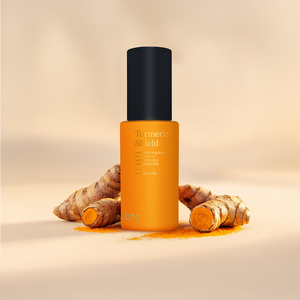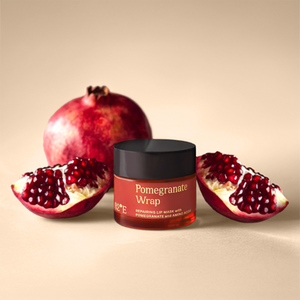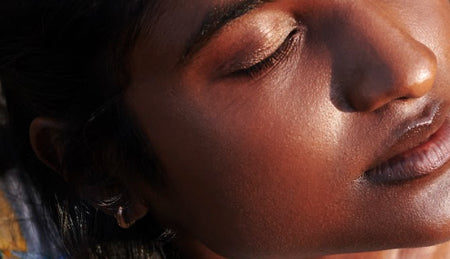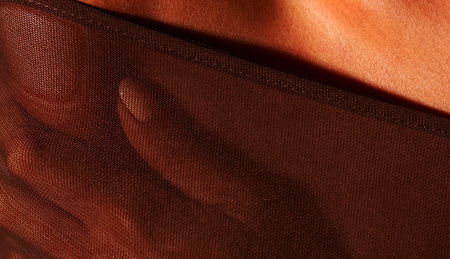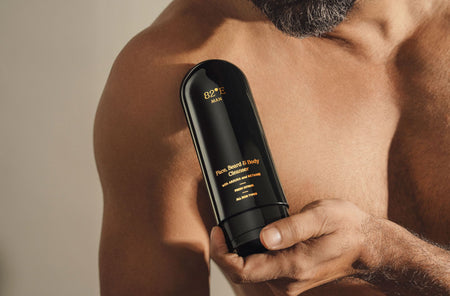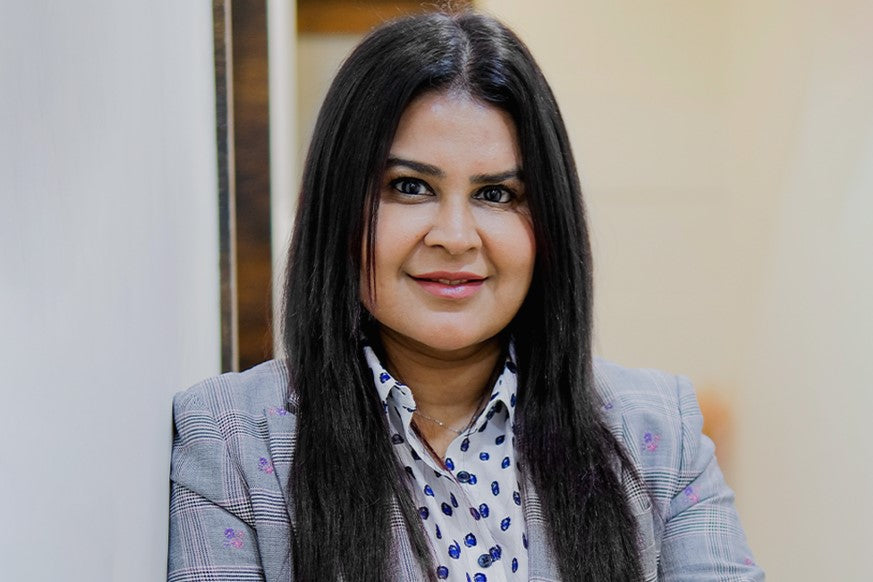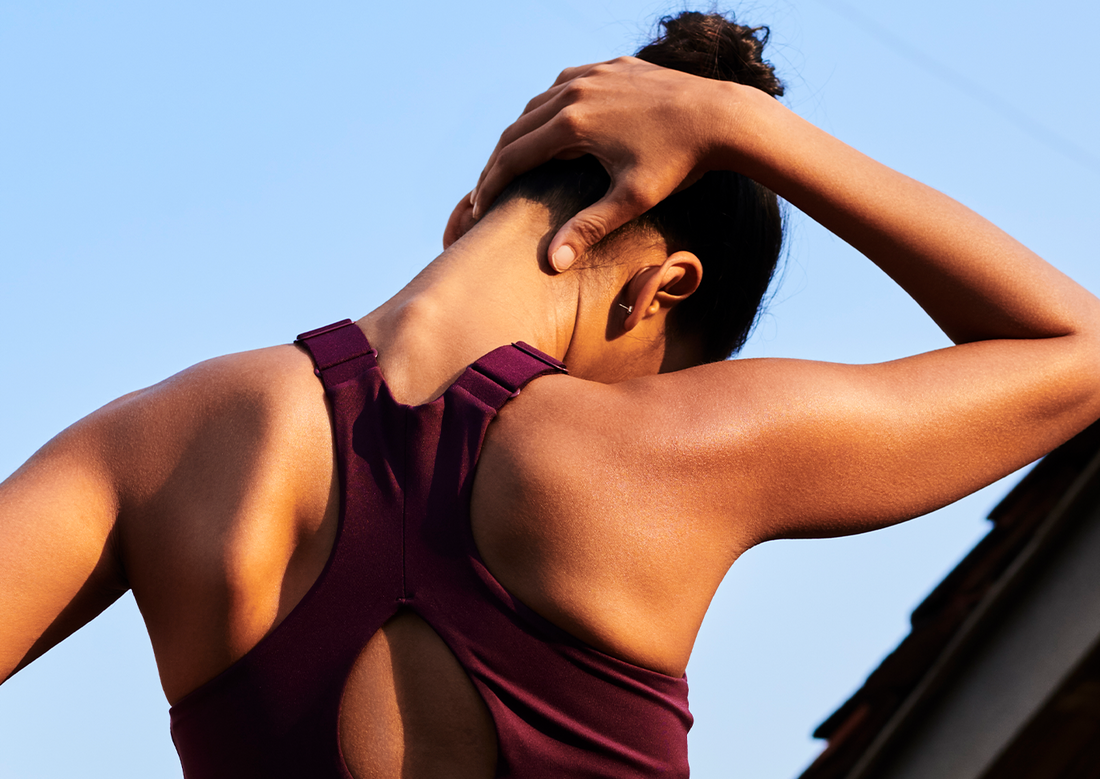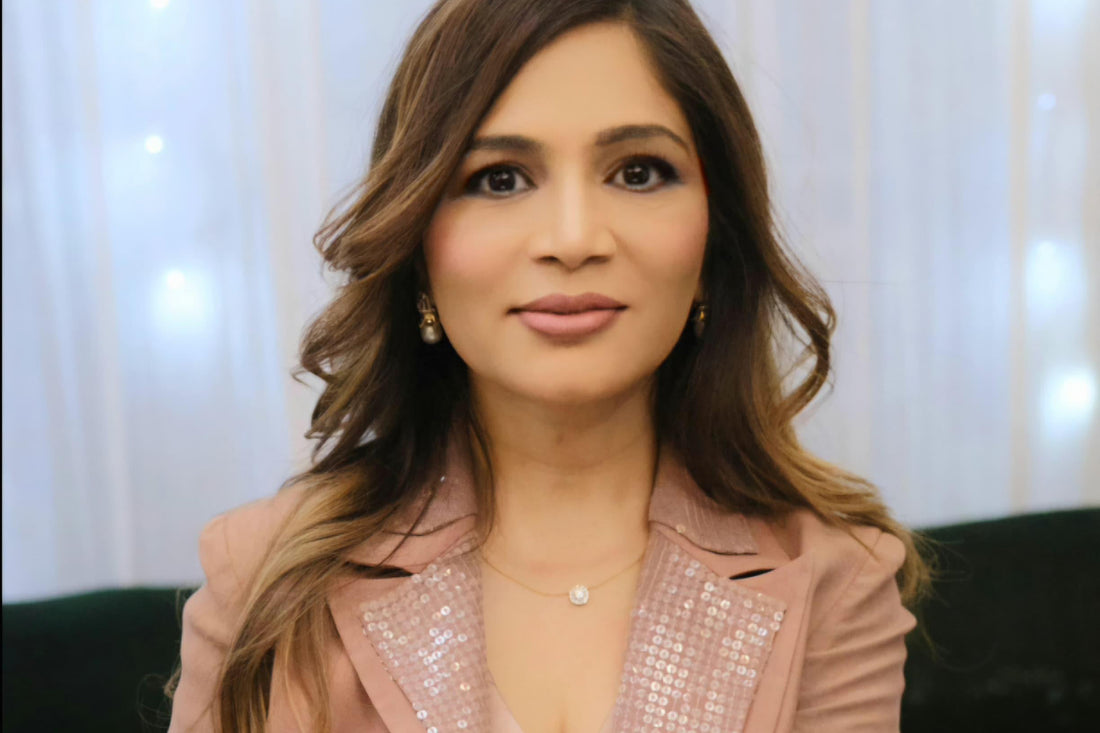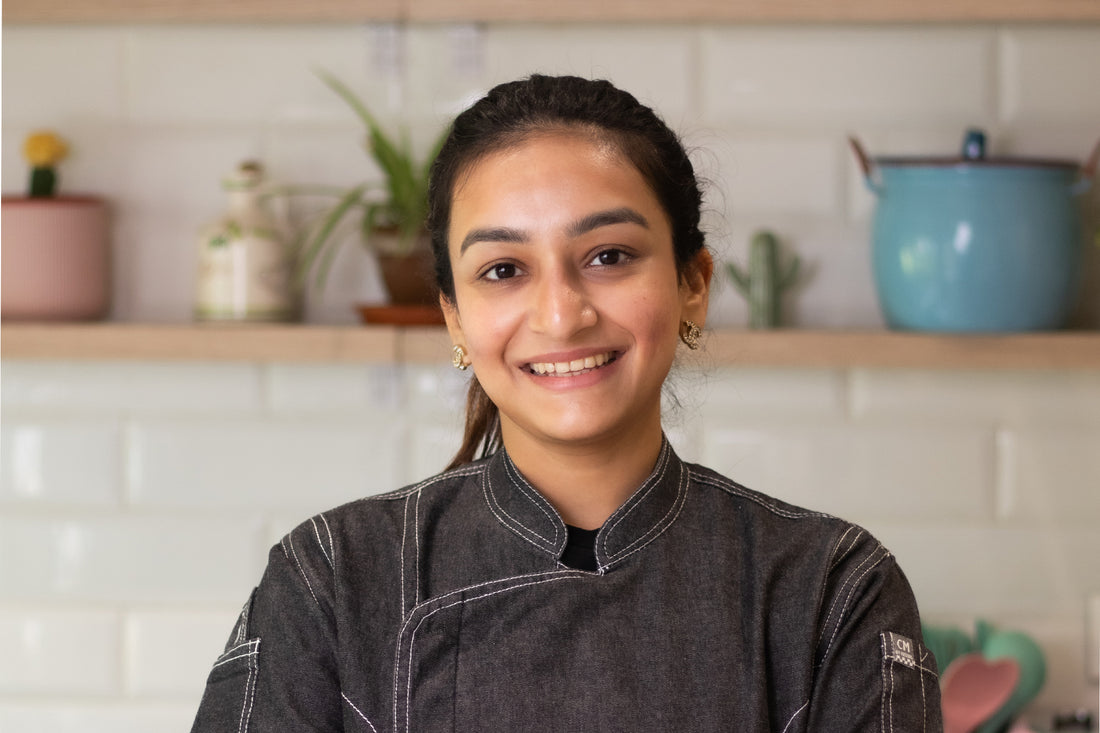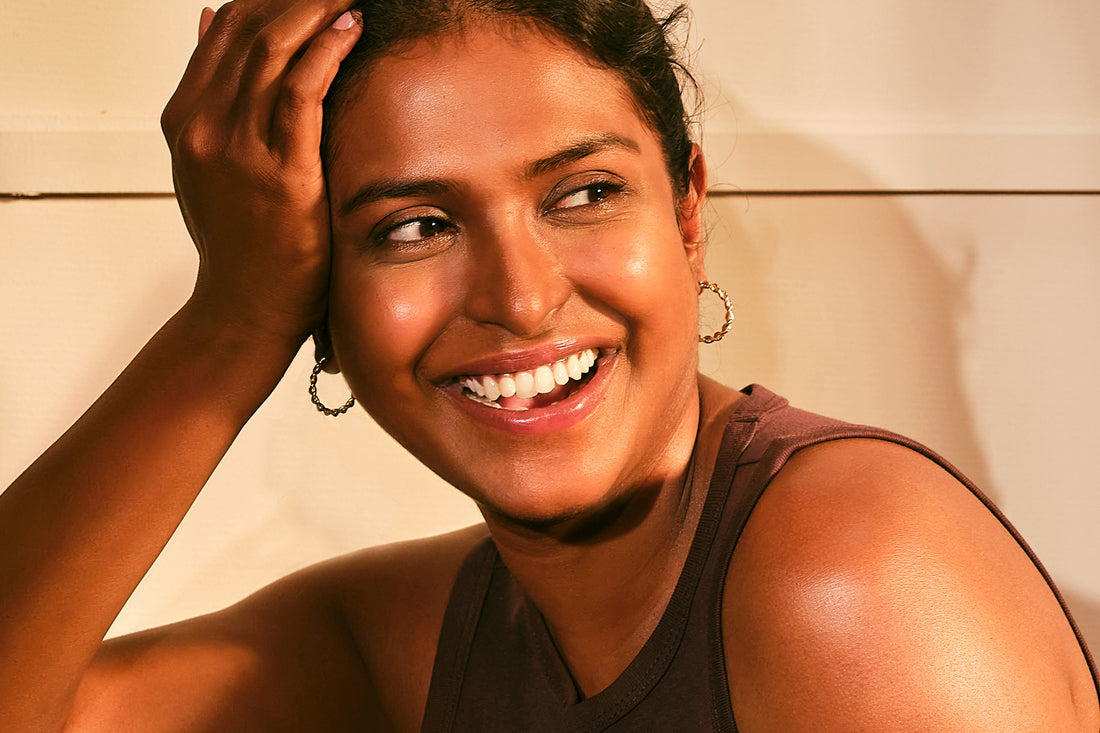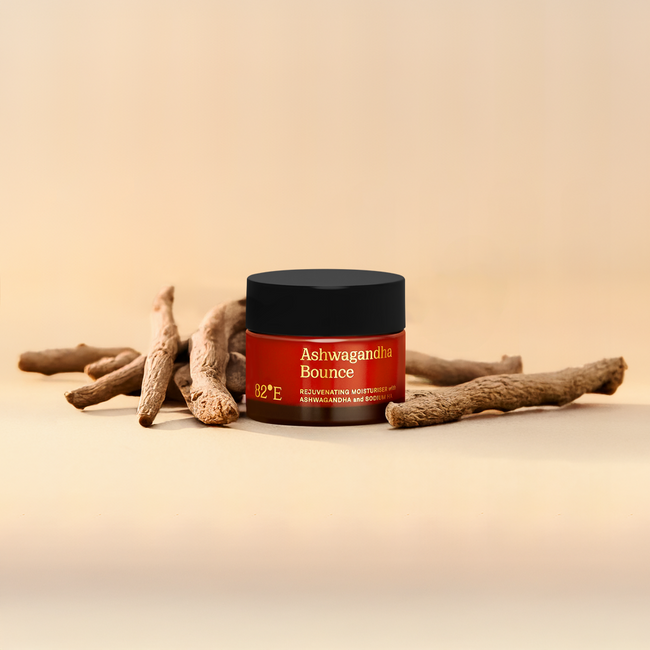
Most of us understand that skincare routines are most effective when tailored around your specific skin needs and concerns. However, “How to know my skin type?” remains a pressing question for many. To ensure that you use effective products that suit your skin, the first step in establishing a skincare routine should be a close evaluation of your skin type – whether it is oily, dry, or a combination type – which can help you determine the skincare products that can best suit your requirements. Read on to learn more about the different types of skin and how to know your skin type.
What Are The Different Skin Types?
Dry Skin
Dry skin typically appears flaky and feels rough and is typically caused by less secretion of sebum, the skin’s natural moisturizing agent, in the body. Factors like extreme weather conditions, hormonal changes, an unhealthy diet lacking adequate nutrients, and dehydration may trigger or aggravate dry skin symptoms.
Oily Skin
Oily skin appears shiny and feels greasy. The sebaceous glands, responsible for sebum secretion in the body, produce excessive sebum among persons with oily skin. People with oily skin have enlarged skin pores that may trap dead skin cells, oil, and dust particles, leading to acne, blackheads, and whiteheads.
Combination Skin
Combination skin involves dry skin on the cheeks and oily skin around the T-zone (i.e., the area covering the forehead, nose, and chin). Thus, one may experience acne, blackheads, and whiteheads around the T-zone and flakiness on the cheeks.
Normal Skin
Normal skin feels neither dry nor oily – it is soft but not greasy and is not prone to breakouts or inflammation.
How to Identify Your Skin Type
The Bare-Face Test
- Start by cleansing your face thoroughly with a gentle cleanser suitable for all skin types.
- Gently pat your face dry with a clean towel; avoid scrubbing it vigorously.
- After 30 minutes, make some other facial expressions to determine how your skin feels.
If it feels tight and stiff, you most likely have dry skin.
In contrast, persons with oily skin may notice oily patches and shiny skin.
Finally, if you find these oily patches only on your T-zone, you have a combination skin type.
Pore-Size Examination
- A close look at the size of your skin pores is another way to identify your skin type with precision.
- For this test, examine your skin closely in the mirror, checking its pores carefully.
- Now, take a step backward and determine whether the pores are still visible.
In the case of normal skin, the skin’s pores are visible upon close examination but not when one moves away from the mirror.
If your pores are uniformly visible even from a distance, you likely have oily skin, because oily skin leads to enlargement of skin pores.
In contrast, if your skin’s pores are not visible even after a close examination, you probably have dry skin.
Finally, for people with combination skin, these pores are clearly visible even from a distance around the T-zone and not visible at all in other areas.
The Blotting-Sheet Test
This test is a quick and easy one that requires only a clean blotting paper.
- Pat the blotting paper lightly on different parts of your face and examine the blotting paper against a light source to determine the quantity of oil absorbed by it.
- Excessive oil on the blotting paper indicates that you have oily skin.
If the blotting paper has negligible or no oil patches, your skin type is ‘dry’.
In the case of normal skin, the paper picks up some oil but not in excessive concentrations.
Finally, you may have the ‘combination’ skin type if the blotting paper has absorbed oil only from your T-zone.
Frequently Asked Questions
Q: What are the common skin types?
A: There are four predominant skin types:
Dry skin: Dry skin feels flaky and rough and is characterized by stiffness or tightness with facial movements. People with dry skin may experience cracks, fine lines, and wrinkles. The best skincare routine for dry skin is as follows:
- Cleanse your skin using a hydrating cleanser and pat it dry gently.
- Use a toner serum or face oil to refresh your skin and restore its pH levels.
- Revitalize the skin under your eyes with a repairing under-eye cream to prevent wrinkles and fine lines.
- Moisturize your skin with a rejuvenating moisturizer.
- Use nourishing sunscreen drops to protect your skin from UV rays during the day.
Oily skin: Oily skin feels soft and greasy and may appear shiny due to excessive sebum secretion. People with oily skin are prone to acne, blackheads, and whiteheads due to clogging of skin pores. If your skin type is ‘oily’, here’s the recommended skincare routine for you:
- Cleanse your face with a mattifying cleanser and pat it dry gently.
- Use a toner serum to remove the accumulated oil, dust, and dead skin from your skin pores.
- Apply a revitalizing under-eye cream to replenish the skin under your eyes.
- Moisturize your skin using a soothing moisturizing gel.
- Apply a clear sunscreen gel during the day to protect your skin from UV rays.
Combination skin: Combination skin feels oily at the T-zone – the forehead, nose, and chin – and dry on the cheeks, temples, etc. We recommend this skincare routine for the ‘combination’ skin type:
- Cleanse your face using a cleanser suited to all skin types. Pat it dry gently.
- Use a toner serum or face mist to remove dust particles and impurities and revitalize your skin.
- Apply an under-eye cream to hydrate and rejuvenate the skin under your eyes.
- Moisturize your skin with a soothing moisturizer suited to all skin types.
- Protect your skin from the sun’s harmful effects by applying a soothing sunscreen during the day.
Normal skin: The ‘normal’ skin type feels supple and hydrated but not greasy and is not prone to acne and inflammation. Some people may also have skin types falling in the range of ‘normal to dry’ or ‘normal to oily’. If your skin belongs to the ‘normal’ skin type, you should follow a comprehensive skincare cleanse-hydrate-protect routine to retain skin health and prevent any potential conditions. You may follow the skincare routine prescribed for combination skin, using products suited to normal, normal-to-dry, or normal-to-oily skin.
In addition, people with oily, dry, or combination skin types may also have sensitive skin, characterized by itching and inflammation. If you have sensitive skin, use only mild, natural skincare products that are dermatologically tested and tested on sensitive skin.
Q: Can my skin type change over time?
A: Yes, skin type may change over time, and this change may have several underlying causes, including moving to a place with different climatic conditions, hormonal changes, age, health conditions, and major lifestyle changes. Being aware of such changes can help you instantly determine what changes your skincare routine requires to adapt to the transition. Moreover, it helps to consistently care for your skin and stay hydrated to prevent or manage sudden and significant changes to your skin type.
Q: Which skin type is best?
A: While most of us may strive to achieve normal skin that is neither too oily, nor too dry and not prone to blemishes, the first step to nourishing your skin is to accept it the way it is. A skin type by itself is not unusual or less desirable than the others – it is our skincare rituals and efforts that determine how healthy and blemish-free it turns out to be.

